Set an early alarm and beat the heat!
The best time to run is early in the morning between 6-7am. For example, parkun Founder Paul Sinton-Hewitt says this is when he does most of his runs in the balmy summer in preparation for his half-marathon later in the autumn.
Isle of Man long distance runner Keith Gerrard agrees, especially as he trains in the summer heat in New Mexico. “The heat index is at its lowest first thing in the morning, so it is well worth an early alarm,” says Gerrard.
Running coach Karen Weir, who coaches runners mainly in South-West London, more specifically suggests avoiding running between 11am-3pm, which is usually the hottest part of the day.
Take on plenty of fluids, electrolytes and taking in correct amount of protein and carbohydrates before running
Both Keith Gerrard and GB runner Dan Jarvis stress the importance of hydration and use of electrolyte gels.
Gerrard advises: “Get plenty of fluids and electrolytes down you before, during and after training. A bottle of water by your bedside at night and glass of electrolyte-water when waking up (before training) will help keep you hydrated.”
Jarvis also highlights the importance of taking in fluids and eating properly. Electrolytes in water and gel format prior to running helps keep your salt levels up which are massively important in hotter conditions.
“When the weather is as high as it is at the moment the main thing I would advise runners not to do is go out running without eating or drinking the correct amount of food or water. Being low on protein and carbohydrates put a lot of strain on the body, which is unnecessary at times. Along with making sure that your body is fully hydrated to prevent against dehydration.”
Meanwhile, two-time Scottish National 10k Champion and professional runner Sean Fontana says: “Coconut water is a great way to replace the essential salts that you lose from sweating, however avoid caffeine drinks before you run as they will dehydrate you more”
Xendurance Hydro is a valuable source of electrolytes to aid hydration or even grab some Hydro Stix for added convenience.
Bear in mind – ‘drink to thirst’
Beware the dangers of ‘over drinking’ too, says Karen Weir: “There is an issue equally with people over-hydrating. This can cause as many problems if not more if you drink too much water and you have been very sweaty – you completely dilute your essential salts in your body and that can be more dangerous than being a little bit dehydrated.”
Wear minimal clothing and dress appropriately
Keith Gerrard suggests wearing minimal clothing. “There’s no need to be wearing tracksuits or long sleeves and tights to run in the heat,” he says. “A singlet and shorts is all you need. Don’t make it harder on yourself.”
Dan Jarvis agrees. “Running in white lightweight tops and split shorts helps your body breathe and allows sweat to evaporate. Along with a pair of good quality set of running socks, for me personally I’m a fan of the Hilly Marathon fresh ankle socks.”
Wearing a hat on your head to provide shade and protect your face is also a good idea. “It can protect you from heat stroke, and can protect you from sunburn,” says Karen Weir. “It’s just a really important thing to help you moderate temperature. Obviously a peaked hat will keep the sun out of your eyes and will also mop up a little bit of sweat and stop that running in your eyes as well. Of course sun on the top of your head for a period of time can contribute towards heat stroke.”
Is running topless advisable?
Does it ever pay to go topless? “Not sure if it’s advisable,” says Keith Gerrard, “but I do it and 99% of the male runners I train with do too. Probably best to wear sun lotion if doing that, and not to be out for too long.”
Karen adds, “If you are going to be out for any long period of time you have got to wear your proper sun cream, that is UVA and UVBA rated.”
Listen to what your body is telling you and adjust expectations
Pacing yourself in the hot temperatures is also important. “Just accept as a distance runner you are not going to hit your best paces in the heat,” says Gerrard. “Run by effort, the body is working much harder in the heat, because it’s trying to stay cool. Times and paces will always be compromised to some extent. Be kind to yourself.”
“The pace that they might be able to manage will just not be there because as I said the heart rate will be higher,” says Karen Weir. “If your heart rate for example is 180 when you are running 6-minute miles, the heat will probably push it up to 185 or 190 and that might mean that it is too high. So you might have to plan to do your intervals at 6:30 minute instead.”
Choosing a route that provides shade
“Try to avoid just running in wide-open streets where there is no shade,” says Weir. “It will be far hotter than running on trails, woodland areas or parks.”
Another unusual tip
One trick that Gerrard has picked up when training out in New Mexico is this. “If the heat is really bad, a trick of mine is to put cold water or ice cubes in my cap before I run, and take in short loops, which allow you to grab cold sponges & water as you go by. That’s when it’s very hot!”
Adaptation is key
When Dan is taking the interval sessions for Sweatshop Running Club in Teddington he has tried to cut out too many longer repetitions in the interval sessions. “Likewise I have added shorter intervals with longer recovery time in-between.”
He finally reminds the runners during the session, “to make sure that everyone has water on them otherwise we have water supplies in the back of the shop which I can bring down to the intervals if required.”
Thanks to David Castle for this blog, check out the Running Hub you can also follow them on Instagram.


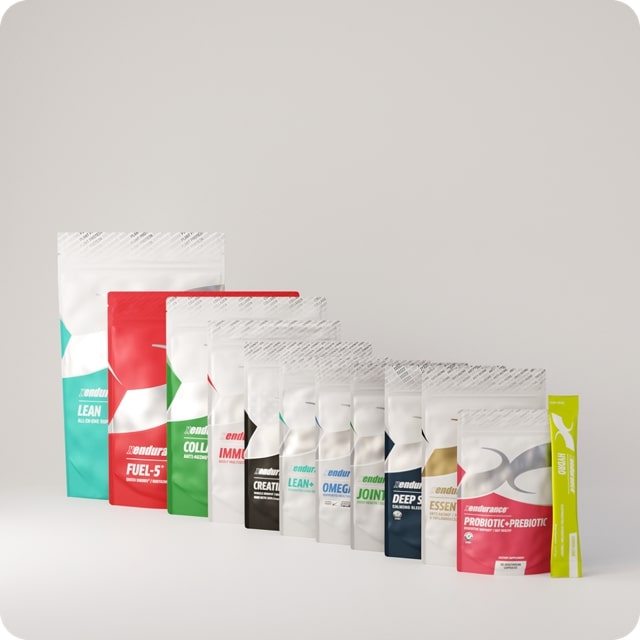
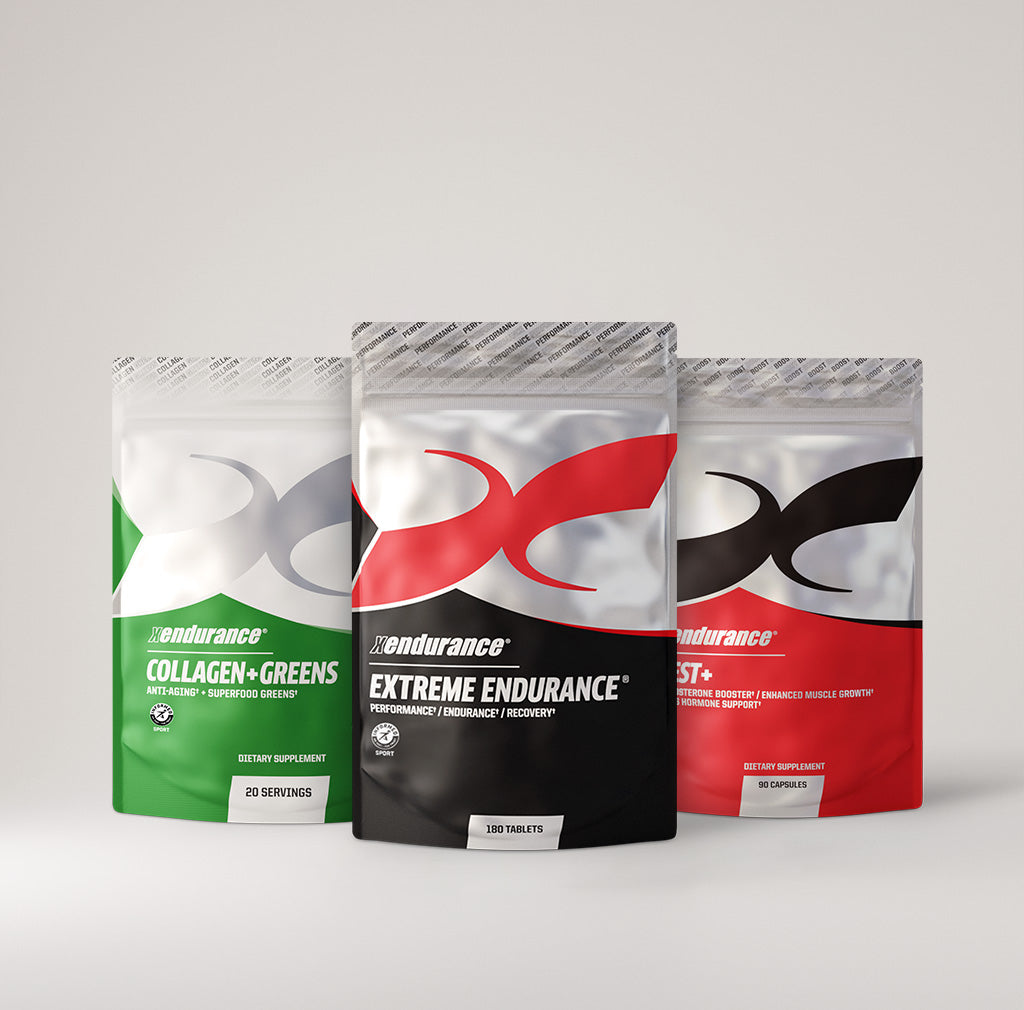
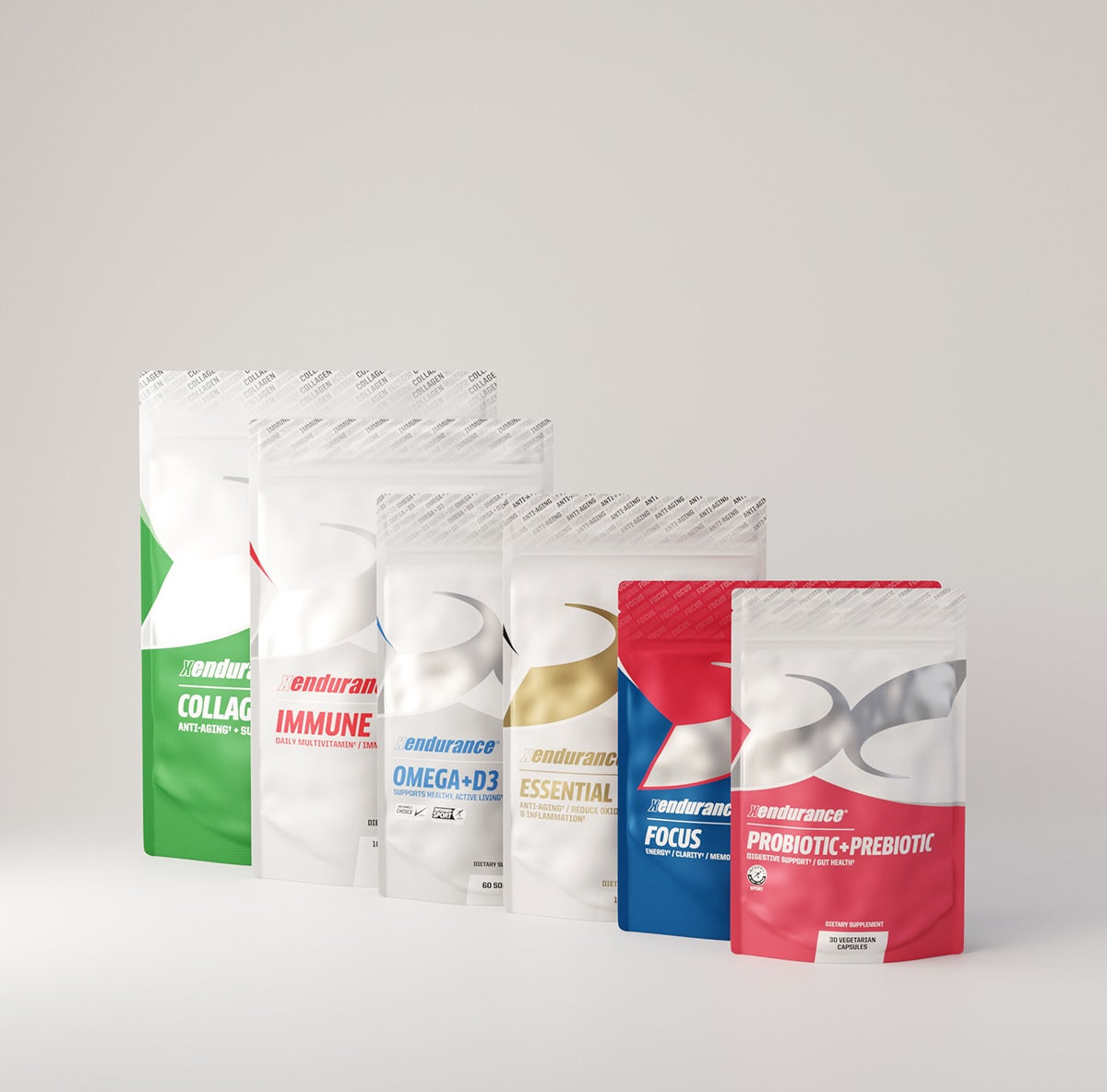
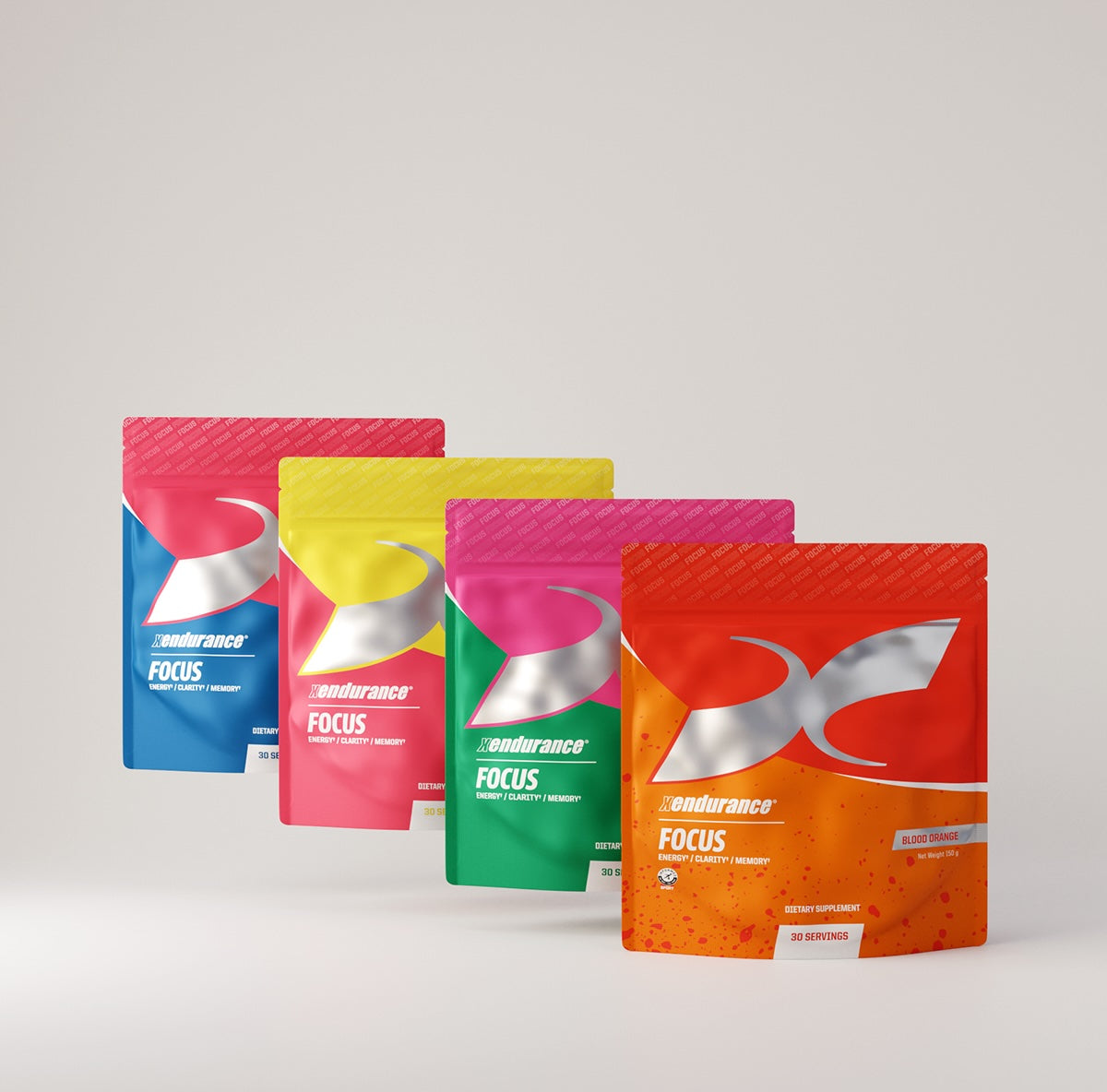
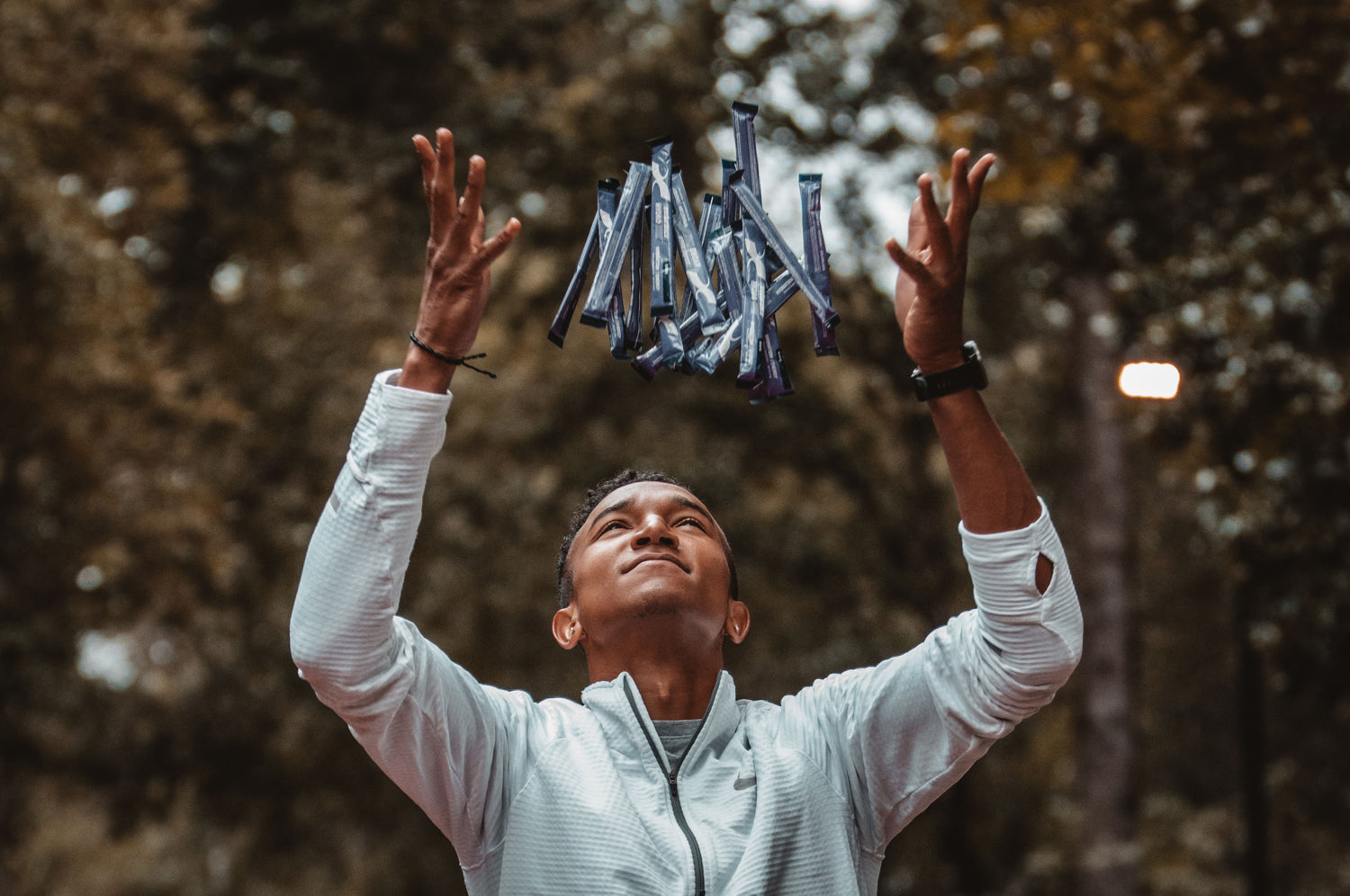
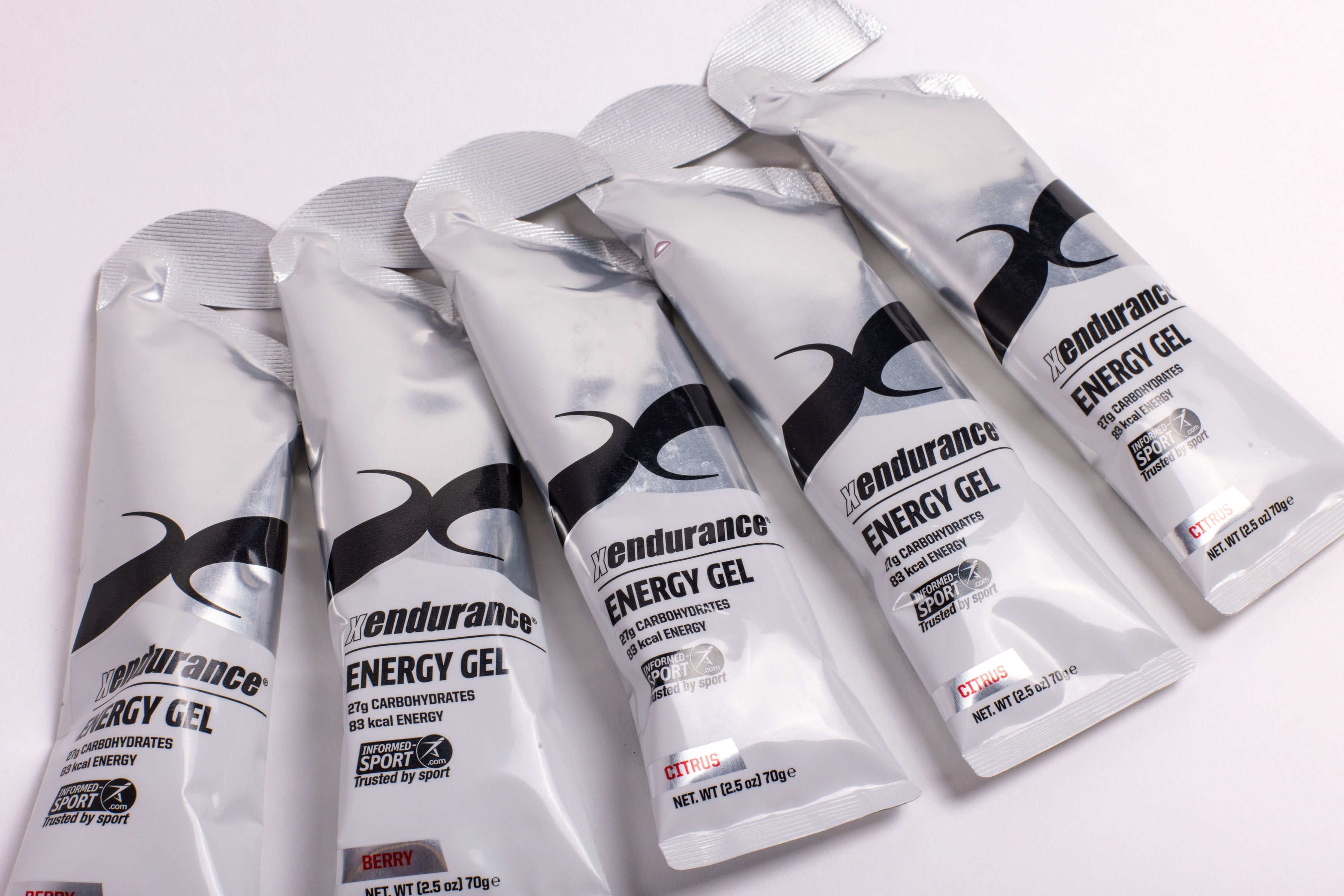
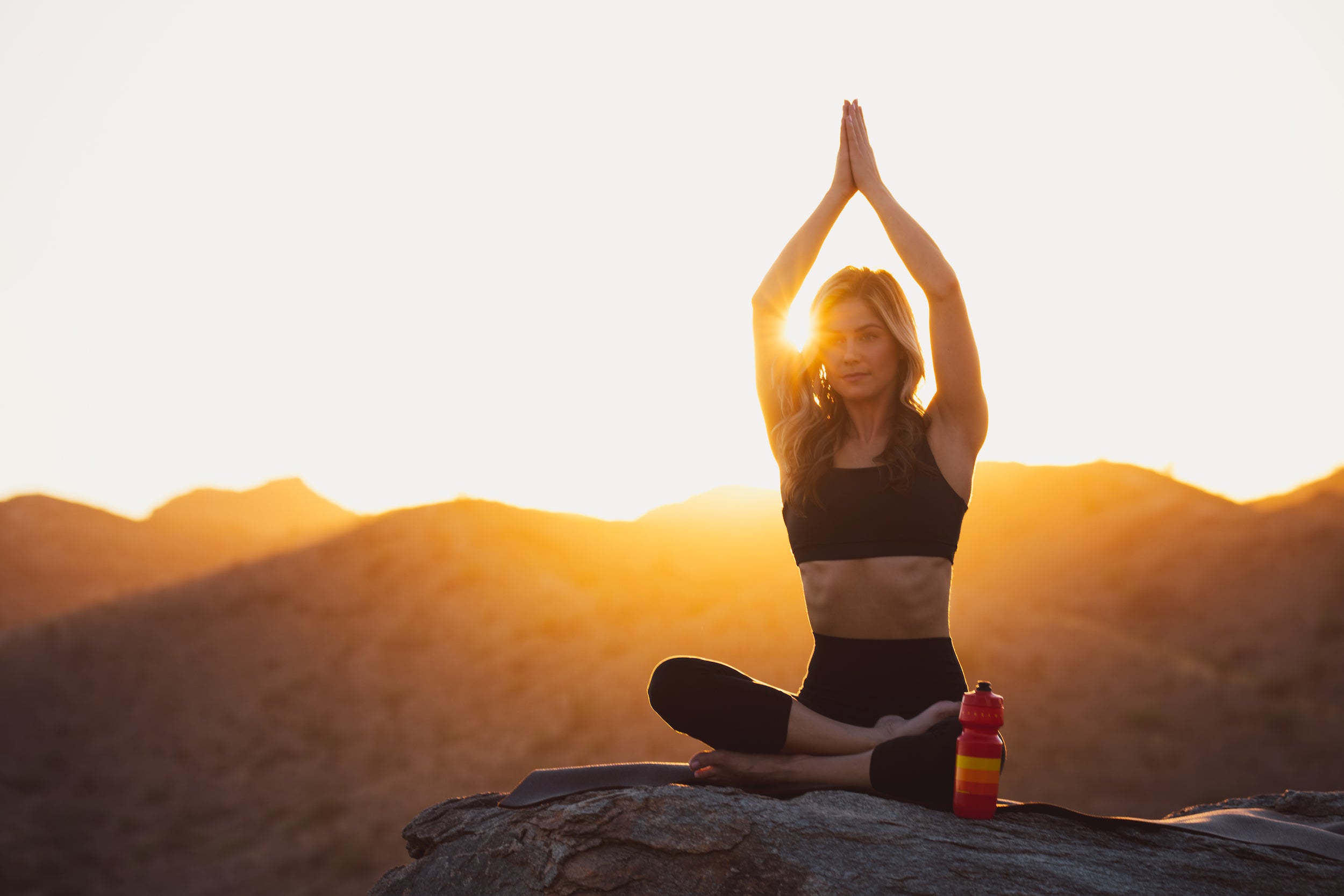
Leave a comment
This site is protected by hCaptcha and the hCaptcha Privacy Policy and Terms of Service apply.